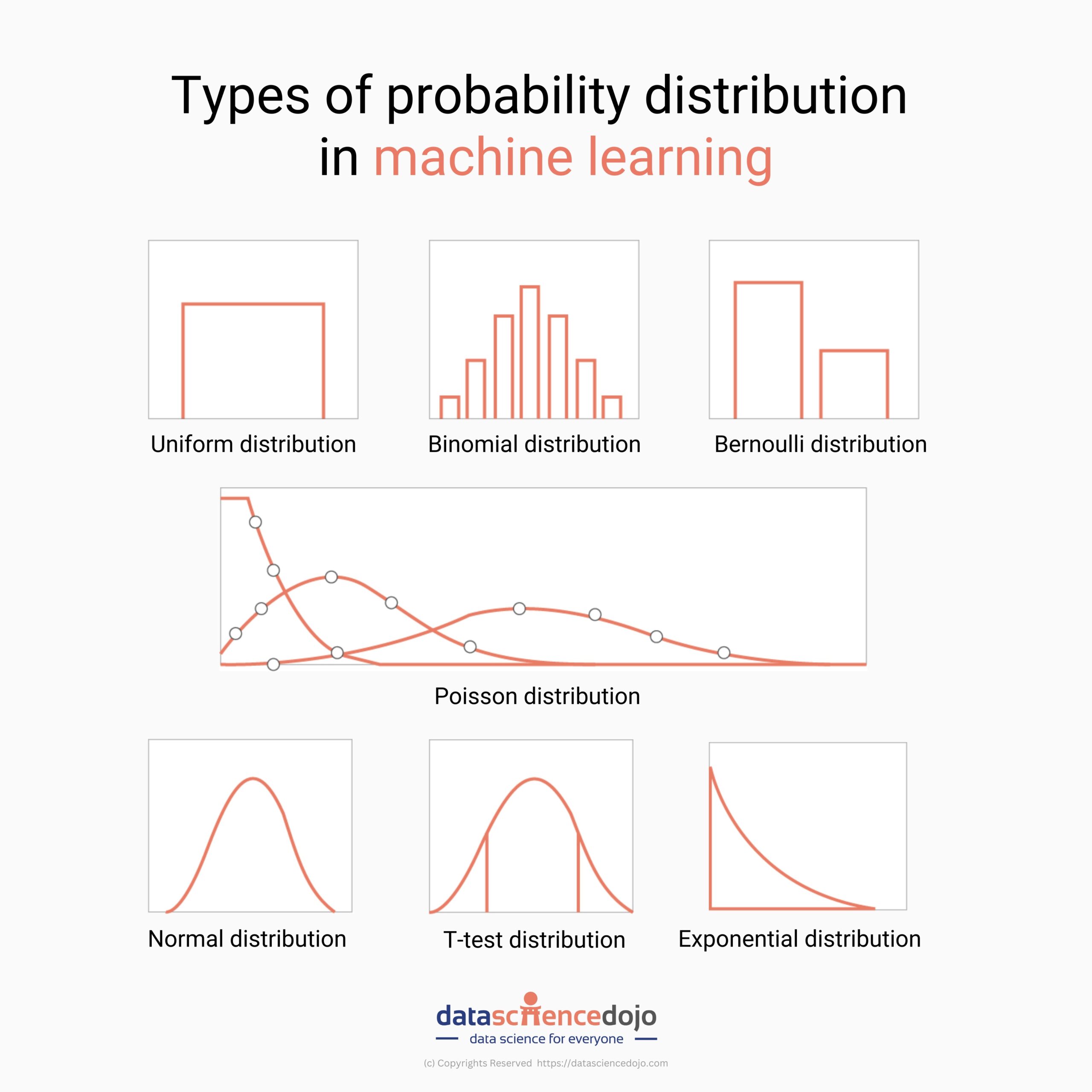"Truth is so obscure in these times, and falsehood so established, that, unless we love the truth, we cannot know it." ~Blaise Pascal #quote pic.twitter.com/ig7seaFrFC
— Elaine Perry (@elaine_perry) February 4, 2024
In engineering practice, availability and reliability are two important metrics used to assess the performance and quality of an electric power supply system. While they are related, they represent different aspects of system performance:
Reliability:
Reliability refers to the ability of a power supply system to consistently deliver electricity without interruption over a certain period.
It measures the likelihood that the system will operate properly for a specified duration under normal operating conditions.
Reliability is often expressed as a probability, typically represented by metrics such as Mean Time Between Failures (MTBF), Failure Rate (λ), or other statistical measures.
Reliability is concerned with the frequency and duration of power interruptions or failures and aims to minimize them to ensure continuous operation.
Availability:
Availability refers to the percentage of time that a power supply system is operational and able to provide electricity when required.
It takes into account both scheduled downtime for maintenance and unscheduled downtime due to failures or other issues.
Availability is often expressed as a percentage, calculated as the ratio of the total operational time to the total time in a given period (including downtime).
Availability considers factors such as repair time, maintenance schedules, and system design to ensure that the power supply system is consistently accessible when needed.
In summary, reliability focuses on the frequency and duration of power interruptions, while availability considers the overall operational performance of the system, including scheduled downtime for maintenance. Both metrics are crucial in assessing the performance and ensuring the effectiveness of an electric power supply system.









